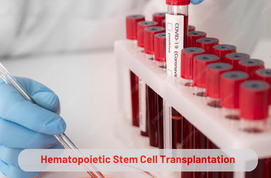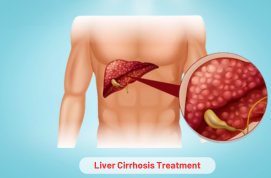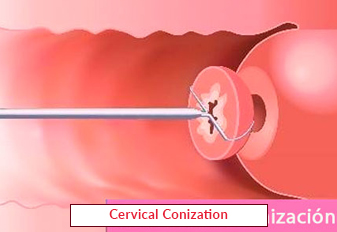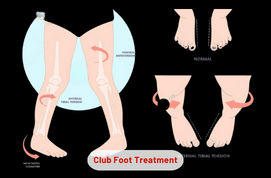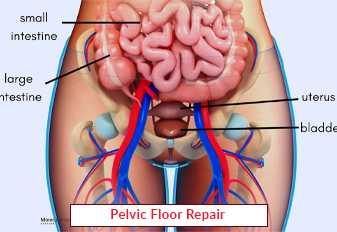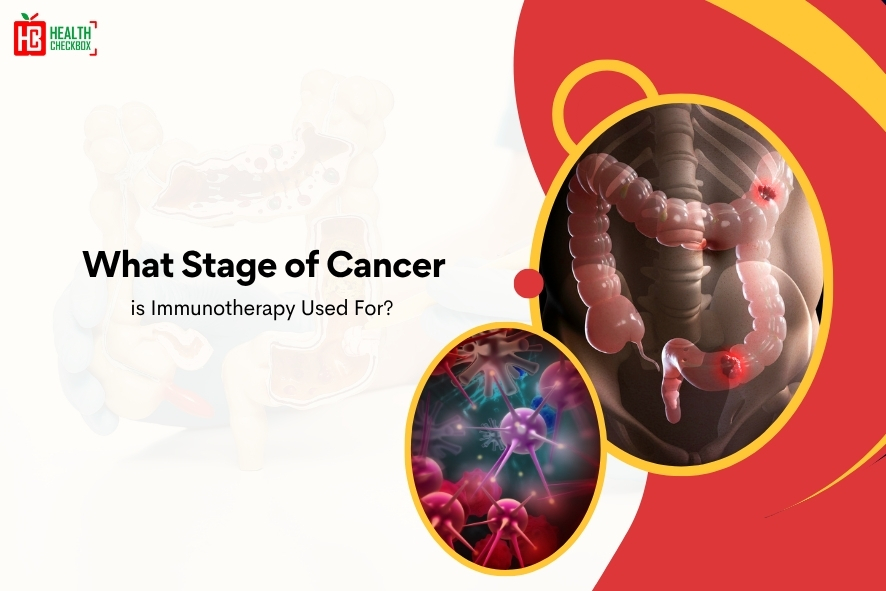Hematologic disease is a rare problem that can affect people at any age. It develops when the stem cells are infected in the bone marrow. This problem may occur in the form of blood cancer or other genetic blood disorders. It creates trouble in their heart and may cause pain or swelling in legs. This can also cause death in the patients. Its best effective treatment approach is hematopoietic stem cell transplantation. It is a surgical approach in which the damaged stem cells are replaced with a healthy one. A doctor performs this method through chemotherapy treatment or radiation therapy. It may require an apheresis machine or a needle device for the operation. This surgery is mainly performed by a hematologist or an oncologist. Its other name is stem cell or bone marrow transplantation.
Types of Stem Cell Transplantation
This surgery is of two kinds. These are as follows:
- Autologous Transplant: A doctor uses the patient’s own stem cells to perform this surgery. It is mainly suggested for leukemia and lymphoma problems.
- Allogeneic Transplant: It is performed for the replacement of the infected cells with the donor’s healthy cells. This surgery is also recommended for aplastic anemia and hemoglobinuria.
Benefits of Hematopoietic Stem Cell Transplantation
The advantages of this treatment method are as follows:
- It is an effective procedure for bone marrow transplantation.
- This method helps to minimize blood cancer and other genetic disorders in patients.
- It also treats non-cancerous problems like sickle anemia, thalassemia etc.
Risks and Complications
The complications that occur from this surgery are:
- Graft failure or rejection
- Hepatic Veno-Occlusive disease
- Graft versus host disease
- Fatigue
- Cataracts
- Mucositis
- Myelosuppression
- Sinusoidal obstruction syndrome
- Infection
- Cardiovascular or heart problems
- Xerostomia
- Fertility issues
- Organ damage
Why is this surgery Recommended to the Patients?
A healthcare professional recommends this surgery for the management of different health issues. These include the following:
- Hurler Syndrome
- Leukemia
- Lymphoma
- Neuroblastoma
- Hemoglobinopathies or sickle cell anemia
- Adrenoleukodystrophy
- Thalassemia
- Myelodysplastic syndrome
- Systemic lupus erythematosus
- Multiple Sclerosis
- Aplastic anemia
This surgery is suggested for patients suffering from diabetes. They must consult with a relevant doctor for the management of this health condition.
Procedure of Hematopoietic Stem Cell Transplantation
The things that can happen before the surgical procedure are as follows:
- A patient is asked to fill an application form in the healthcare department. It is most essential before the surgical procedure.
- The transplant team will review the complete medical history of a patient to identify his or her overall health. He or she conducts a physical exam to determine the signs and symptoms of hematologic malignancies.
- A blood test is performed for the identification of HLA markers to check the exact match for a stem cell transplantation. This helps to minimize graft failure in men and women.
- Some imaging tests are conducted for the evaluation of occult infections and other abnormalities associated with hematologic issues.
- A medical doctor performs an echocardiography or an electrocardiography test to check the proper functioning of a heart and its potential risks.
- A biopsy is required to determine whether a bone marrow functions properly or not. It is also suggested for kidney disease and other pulmonary complications in males and females.
During Procedure
The following operations will take place in the medical center. These are as follows:
- A general or local anesthetic medicine will be given through an intravenous injection in which a patient feels comfortable during the surgery.
- A surgeon performs chemotherapy or radiation therapy to remove the damaged or diseased stem cells from the bone marrow.
- The healthy stem cells may be harvested through an apheresis machine or a needle device.
- A central venous catheter device is used to infuse the collected stem cells into the bloodstream. These cells start producing healthy cells into the bone marrow. This process is known as engraftment.
After Procedure
A patient should be taken into a recovery room after the transplantation surgery. It is essential for the identification of their graft failure disease and possible health complications.
After that, an individual is suggested to go home and follow some rules and regulations. These are as follows:
- Follow a proper nutrition diet.
- Drink plenty of water or stay hydrated.
- Use alcohol-based sanitizers to wash your hands.
- Avoid sick people or crowded place.
- Wear a mask for airborne diseases.
Our Other Services
Latest Health Tips
Can Immunotherapy Cure Stage 4 Lung Cancer?
Early Signs of Cervical Cancer
Foods that Kill Cancer: Leafy Vegetables, Grains, & More
What Stage of Cancer is Immunotherapy Used For?
Which is Worse for Cancer, Sugar or Alcohol?
Vaccines That Prevent Cancer
What Kills Cancer Cells in the Body Naturally?
5 Early Warning Signs of Bone Cancer
Submit Your Enquiry
Testimonials








